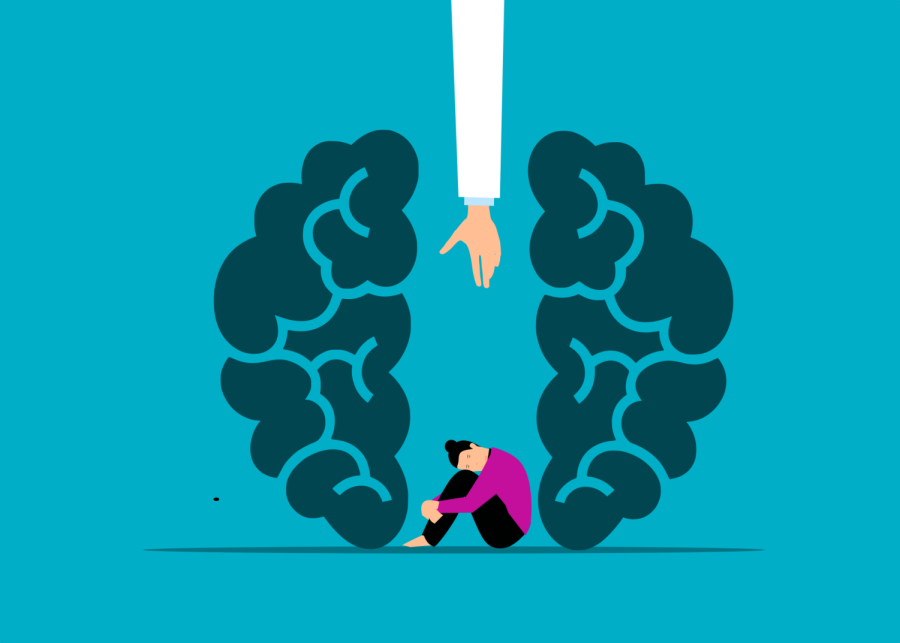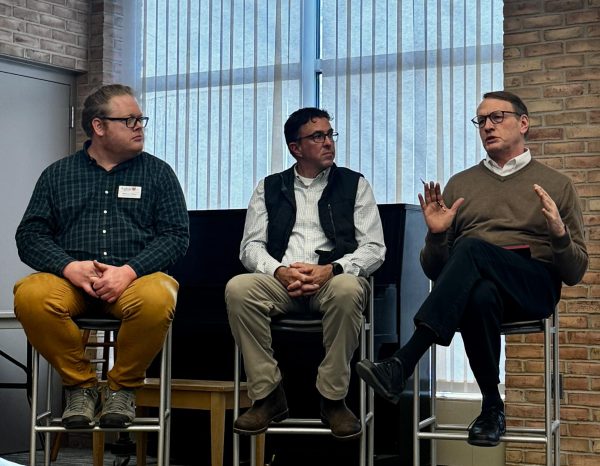Pandemic-fueled youth mental health crisis spurs efforts to improve care
According to Kraegel, the pandemic unveiled problems with the healthcare system in the U.S., problems she said many had already seen coming.
A year after the American Academy of Pediatrics, American Academy of Child and Adolescent Psychiatry and Children’s Hospital Association declared a National State of Emergency in Children and Adolescent Mental health, those same organizations are now requesting that the Biden administration declare a Federal National Emergency in Children’s Mental Health.
The hope of this request is that a declaration of Federal National Emergency in Children’s Mental Health would allow for the direction of Federal funds to address the mental health needs of children, adolescents and young adults as society recovers from the pandemic.
Over the past decade there has been a steady increase in the number of mental health cases in children, adolescents and young adults across the country, but COVID-19 aggravated the problem.
According to Director of the Center for Counseling and Wellness Irene Kraegel, among the many reasons for this steady incline are “increasing levels of depression and anxiety, but also … falling levels of stigma, and so we find that students are more likely … [to] reach out for help.”
Health organizations have been scrambling to deal with this steady increase, but a spike in the rate of mental health cases during the COVID-19 pandemic led to what many deemed a “Mental Health Crisis.”
Class of ‘22 alumna Bobae Jung and current nursing student Lauren Holwerda both served as Residential Assistants in the residence halls during much of the pandemic.
Balancing their own needs with the needs of students on their floors was difficult.
According to Jung, “[during the pandemic] my mental health deteriorated. The aftermath of being an RA bled through the next academic year … It was probably the worst academic year to be in residential leadership.”
Although the effects of the pandemic on mental health vary from person to person, there are some notable features of the pandemic that experts say contributed to the mental health crisis.
According to Kraegel, “some … were really isolated. That [isolation] often had a negative impact on [their] mental health … some students lost loved ones, or were in communities where they were exposed to a lot of loss … so there was grief involved for many,” Kraegel said. “Some students found that the anxiety about germs and spreading the illness … was really triggering [other] underlying anxiety, or even obsessive compulsive disorder types of symptoms.”
Another contributor to the mental health crisis, according to Kraegel, was young people having more time to spend with their digital devices. “We did find that the increased exposure to things like social media, and online material … [did] increase concerns … [such as] body image challenges, or even disorders,” said Kraegel.
Steps towards recovery
The integration of more mental health online services is among the steps that mental health professionals took and continue to take during the pandemic.
At Calvin, for example, according to Kraegel, the implementation of online programs such as Therapy Assistance Online and Calvin Unmasked have proven efficient at easing symptoms of mentally related health issues.
“The pandemic was the time that we brought in our Calvin Unmasked app, which is a peer support app where Calvin students support other Calvin students online,” said Kraegel.
Organizations all over the country are trying to work with the lessons that the pandemic taught them about gaps in the current mental healthcare system.
According to Kraegel, the pandemic unveiled problems with the healthcare system in the U.S., problems she said many had already seen coming.
“The mental health system in the U.S. has a lot of cracks … [part of it is] our dependence on third-party payers without a really comprehensive system for people to get insurance and maintain insurance,” said Kraegel. “Some of it is that lack of access, lack of insurance coverage for mental health [and] treatment tends to be expensive.”
According to Kraegel, many young people face barriers to accessing mental health professionals and resources..
“In particular, it’s often harder to find a therapist that sees children as compared to adults … [and] it’s especially hard to find psychiatrists who prescribe medications for kids,” said Kraegel.
Kraegel told Chimes that the pandemic also emphasized some factors that contribute to positive mental health.
“The pandemic reminded us that communicating with each other about our struggles is actually really helpful … we all experience pain and suffering … but we add to that suffering when we think that we’re alone,” said Kraegel.
Community –– according toKraegel and the former RAs –– is essential to navigating a crisis like this.
“So ultimately, the mental health system is not just professional therapists and psychiatrists: It’s also friends and parents and teachers … we’re all cultivating health in our community and our relationships and with one another,” said Kraegel.
“I think we learned — the hard way — that people were not built to be alone. We were built for community. We are social beings who are driven by story, narrative, shared life together, and we function poorly as a whole when we’re isolated from each other,” said Holwerda.








cindy • Mar 16, 2024 at 10:57 am
Navigating the intricate landscape of youth mental health with empathy, understanding, and unwavering support to cultivate resilience and well-being.